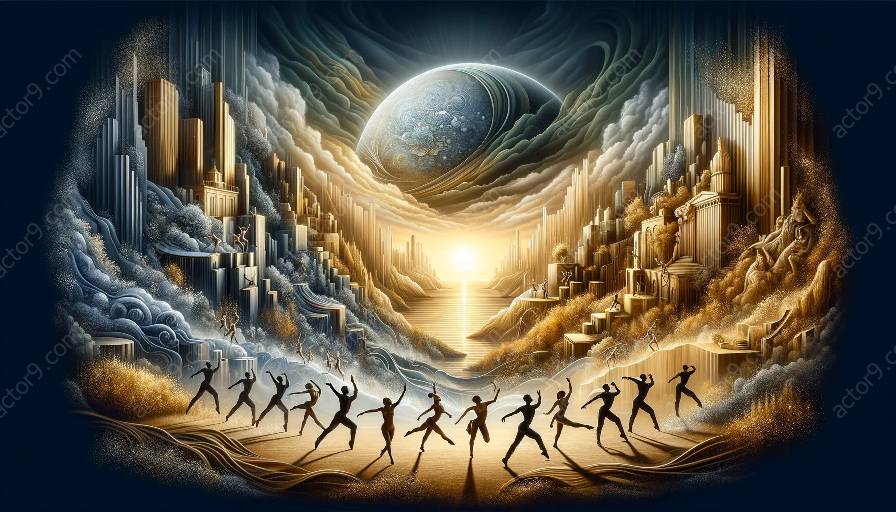Physical theatre serves as an innovative platform to depict the prevalent social issues of economic injustice and class struggles through impactful performances that communicate powerful narratives through the body. The combination of physicality, movement, and visual storytelling in physical theatre effectively conveys the challenges faced by different socioeconomic classes, shedding light on the disparities and inequalities inherent in various societies. This exploration delves into the evocative nature of physical theatre in addressing social issues while providing insights into the dynamic interplay between economic inequality and the human experience.
Social Issues Portrayed in Physical Theatre
Physical theatre acts as a mirror to society, reflecting the realities of economic injustice and class struggles. By utilizing the physical prowess of performers, physical theatre offers a compelling representation of the societal divide, exposing the struggles of marginalized communities and amplifying their voices. The nuanced portrayal of social issues such as poverty, exploitation, and discrimination through physical storytelling creates a deeply resonant experience for audiences, fostering empathy and understanding for those affected by these challenges.
Exploring Economic Injustice and Class Struggles
The essence of physical theatre lies in its ability to embody the narratives of economic injustice and class struggles with visceral intensity. Through evocative movements, gestures, and expressions, physical theatre embodies the struggles of individuals grappling with economic disparity, capturing the essence of their daily battles and the complexities of their lived experiences. The physicality of the performances transcends linguistic barriers, allowing a universal audience to engage with and comprehend the profound impact of socioeconomic divisions on individuals and communities.
Expressive Body Movements as Narrative Tools
Physical theatre leverages the power of expressive body movements to articulate the multifaceted dimensions of economic injustice and class struggles. Every movement becomes a word, a sentence, and a story in itself, weaving together a compelling narrative that resonates deeply with spectators. The choreographed sequences and physical interactions within the performances offer a raw and unfiltered portrayal of the challenges stemming from economic inequality, effectively igniting conversations and eliciting introspection.
Emotional Impact and Empathy Generation
The visceral nature of physical theatre elicits a profound emotional impact, prompting audiences to confront the harsh realities of economic injustice and class struggles. By immersing spectators in the experiences of individuals navigating unequal economic landscapes, physical theatre fosters empathy and compassion. This empathetic response serves as a catalyst for social change, inspiring collective action and advocacy to address the systemic issues perpetuating economic disparities.
Conclusion
Physical theatre masterfully encapsulates the depiction of economic injustice and class struggles, offering a poignant lens through which to examine societal inequities and advocate for change. The synergy between the art form and social issues yields a compelling repertoire of performances that resonate with authenticity and relevance. As physical theatre continues to evolve, its capacity to shed light on social issues and inspire meaningful dialogue remains a potent force for driving awareness and promoting social justice.




































